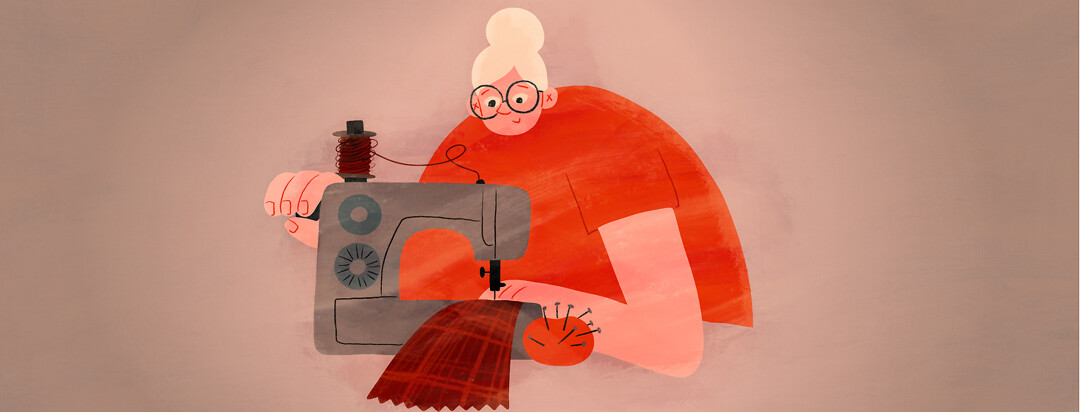Sewing with Atopic Dermatitis
I’ve started sewing again. Some of you might remember when I wrote about the problems I had dealing with different fabrics as a seamstress. In my retirement, I’ve done only the most basic alterations and gifts for family and close friends. But now dealing with the isolation of COVID-19, and wanting to both do my part as well as get back to doing something I love has resulted in me bringing out the machines and boxes of fabric. Besides being a necessity, masks have also become the latest fashion accessory, and handmade ones are always welcome.
Resurrected hand eczema
But my hands are now paying for it. Even though all fabric went directly into the washing machine when I first brought it home. And again when I brought it up from my storage locker. I’m back to cortisone cream on my palms and fingertips, and ointment covered with gloves overnight. But it’s still definitely not as bad as it was before retirement.
Why does cotton irritate my skin?
I’ve wondered why an innocuous fabric like cotton can do so much damage to my poor hands, especially after washing with the same detergent I use every day. Perhaps it’s because of the amount of time it’s in contact with the already irritated areas. Also, cotton is hygroscopic, so besides drawing moisture from the air, it absorbs moisture from everything it touches, including every hint of moisture in my skin.1
Should I work around the flares?
Have you ever tried to sew while wearing gloves? The quilting gloves which are available cover the palms, but the fingers are exposed. I try to wear plain cotton gloves which become frustrating quickly when you sew a glove into a seam. And then take them off before sewing a few hundred more COVID-19 masks. It’s not surprising that masks irritate my facial eczema almost as much as sewing them does to my hands. Perhaps I need to do my sewing in smaller increments; find a schedule that allows my flares to calm down before an acute flare starts.
Or would fleece help?
Or perhaps intersperse sewing the cotton with fleece. Fleece mittens and socks have always been a big request. I could get a head start on gifts for next Christmas. Fleece is hydrophobic, so absorbs almost no moisture. Including from my skin. But the tiny airborne fibers from the fleece cover every surface. Using a white duster shows the colors of the latest fleece projects on every surface. I’ve often wondered how much is inhaled.
Hobbies turned triggers and irritants
Why is it that the things we love seem to be the things that bother us the most? If we love going for walks in the woods, we find we’re allergic to organic molds. As I write this, the pollen count tells me it’s very high for cedar trees, something I can’t avoid in my neighborhood or my favorite park. If we love cats, they’re our biggest allergen. As children, my sister loved oatmeal and I preferred cream of wheat. Guess which each of us turned out to be sensitive to?
Have you found a favorite hobby that negatively impacts your eczema? Do you have any solutions you could share with those of us who keep at it too long and then pay the price for it?

Join the conversation